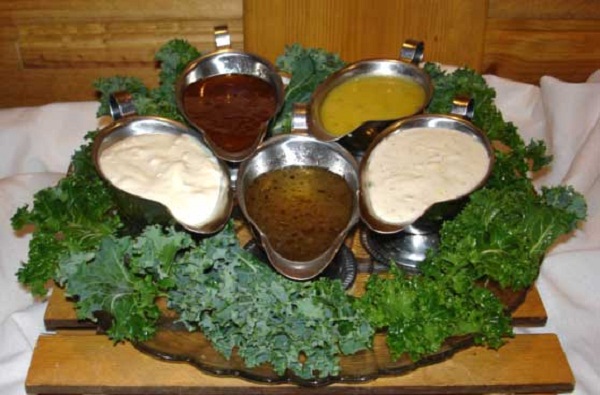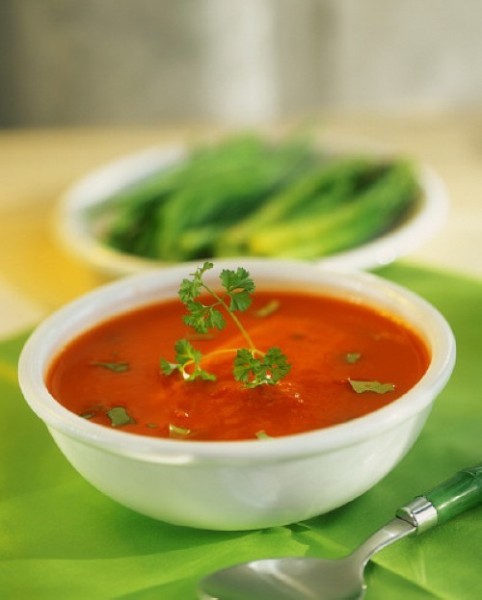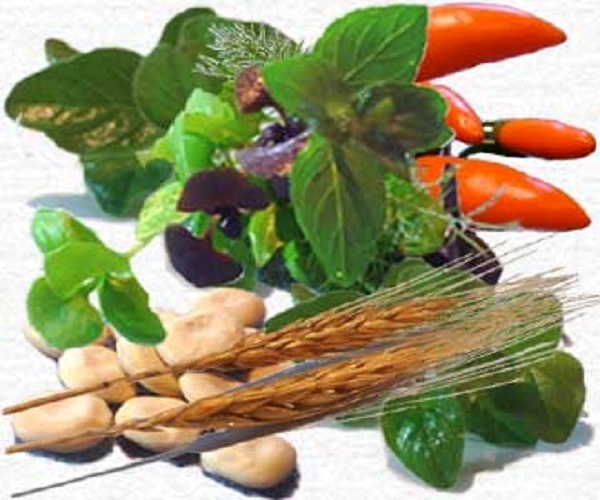
Salad dressings and sauces available in stores and markets contain high quantities of fats and salts that are harmful for health. Salads are a staple diet of weight watchers, fitness enthusiast, and those trying to lose weight. Thus, they should not be fattening. These everyday used meal additions should be low in calories and promote health.
For this, it is vital to know of tips and tricks to prepare low calorie dressings and sauces. Some handy tips to make healthy low calorie salad dressings and sauces at home have been provided here:
1. Cut out fat
A lot of oil is added many times while preparing salads, try to limit usage of oils and other fattening ingredients like sour cream and mayonnaise. Sometimes, there is a lot of fat in meat based sauce and we unknowingly end up consuming it with salads. If you are using such meaty sauces, then refrigerate them before use. The fat will float on the top of the sauce once they have cooled sufficiently and can be easily removed.
2. Use low fat ingredients
Sour cream, mayonnaise and salad oils are the most common addition to salads. However, these ingredients are very fattening and can make salads extremely calorie dense. It is better to replace these with other low calorie alternative or use either their low-fat or non-fat version. Healthier addition to salads can be vinegar, lemon juice, orange juice, light soy sauce, organic honey, low fat yogurt, Worcestershire sauce, etc. One can also try using vegetable juices or meat based broths. Some popular ones used in weight watchers salads are tomato juice, chicken broth, pineapple juice, etc.
3. Watch out for sodium
Too much salt in salads is not good for health and is known to cause bloating, water retention, blood pressure related problems and many other health ailments. Thus, one should add very little salt to these healthy meal accompaniments. In fact, if you are already having health complaints then it is better to not add any salt to salads. Try to substitute refined salt with rock salt that is healthier and averts bloating. Black pepper, especially freshly ground, is good for health and helps brings out the flavor of most salad ingredients. Try to substitute salt with black pepper while preparing salads. Also, purchase the low-sodium or no-salt versions of dips, dressings and sauces available in the market.
4. Season for flavor
Salad oils and vinegars are a customary addition to most salads. One can use different types of oils like olive, walnut, flax, and sesame oil. In fact, many flavored salad oils are also available in the market. Vinegars such as balsamic, sherry, apple cider, white wine vinegar, rice vinegar, red wine vinegar, etc help to bring out flavor. Spices such as garlic, mustard, paprika, cayenne pepper, jalapenos, cumin, cinnamon, etc give light, airy and an intense flavor to salads. Thyme, parsley, basil, oregano, cilantro, dill weed, and horseradish are herbs that add zest to salads. Asian seasonings like hoisin sauce, preserved ginger, and plum jam are also becoming a huge favorite.
5. Avoid thickening agents
Many thick dressings and sauces are often added to salads. Customarily, butter or refined flour is used to make them and these ingredients are not always a good choice if you want to stay hale and hearty. Substitute them with ingredients that are healthier like cornstarch, whole wheat flour, pureed tofu, onion powder, garlic powder, paste of nuts like cashews and almonds, etc. Buttermilk and low fat yogurt are great low calorie ingredients that give salads a creamy texture.
6. Homemade dressings
Most dressings and sauces purchased from stores are mostly laced with oils, fats, and excess salt. It is not always possible to read the fine print and judge accurately if the dressing is healthy or not. If you have enough time at hand, try whisking dressings and sauces for salads at home from fresh ingredients. Here are some ideas to prepare dressings at home. Tomato based sauces like salsa made by adding chilies is a very popular addition to salads.
Mushroom sauce is absolutely delicious and easy to make, one has to just hash together mushrooms, onions, chicken broth with spices to prepare it. Sauces with rich flavors and velvety textures can be made with pureed roasted vegetables. Ingredients generally used to make such sauces are red peppers, anchovies, celery, tomatoes, etc. Cottage cheese made from skimmed milk can also be pureed with various ingredients like yoghurt, milk, garlic, herbs, etc to make a smooth and cheesy dressing.




